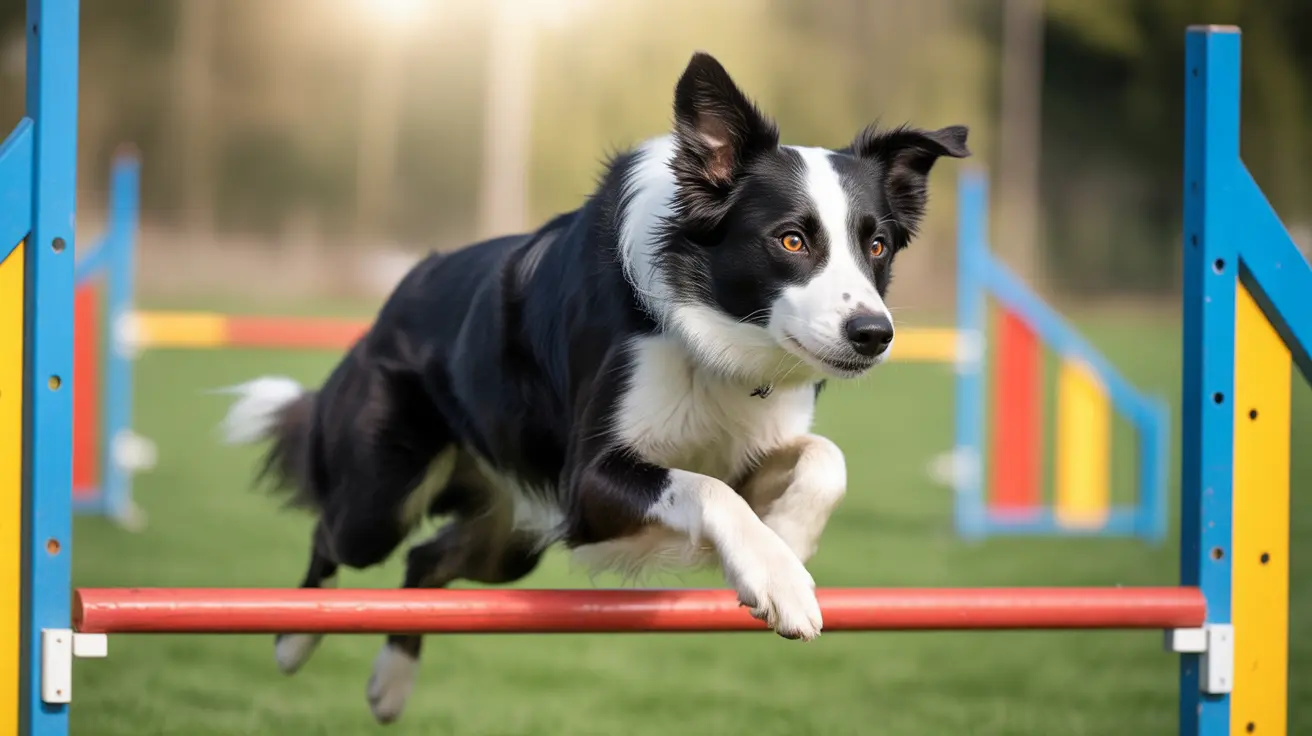Are Dogs Comfortable in the Dark at Night?
Most dogs are not inherently afraid of the dark. In fact, their anatomy gives them an advantage in low-light conditions. However, just like humans, some dogs can develop fear or anxiety related to darkness due to various physical or psychological factors. Let’s explore what affects a dog’s comfort in dark environments and how you can help your pet feel more secure at night.
Understanding Canine Night Vision
Dogs have better night vision than humans because they possess more rod cells in their retinas that perceive light and motion. Additionally, they have a reflective layer called the tapetum lucidum, which amplifies available light. Despite these adaptations, dogs cannot see in total darkness. Their night vision allows them to navigate low-light environments, but complete darkness can still be disorienting—especially if other senses or confidence are impaired.
Common Reasons Dogs May Fear the Dark
- Negative Experiences: Dogs startled or punished in the dark may associate it with stress.
- Separation Anxiety: Darkness often coincides with quiet night hours and the owner’s absence, making the dog feel abandoned.
- Age-Related Changes: Older dogs may develop vision problems, cognitive decline, or confusion, increasing fear.
- Impaired Senses: Dogs with reduced vision may struggle to navigate their environment when it’s dark.
- Sudden Noises: Nighttime amplifies environmental sounds, which can be unsettling for alert dogs.
- Routine Changes: Moving homes or shift in household habits can make nighttime more intimidating.
- Lack of Familiarity: Puppies or newly adopted dogs might not yet associate darkness with safety.
- Trauma or Neglect: Dogs rescued from neglect (especially those confined in dark spaces) may associate darkness with suffering.
- Temperament and Breed: Some breeds or individual dogs are naturally more anxious or alert.
Signs of Canine Fear of the Dark
- Refusal or hesitation to enter dark spaces
- Whining, barking, or pacing during nighttime
- Clingy behavior — staying near people or attempting to sleep in well-lit areas
- Destructive actions (e.g. chewing, scratching at doors)
- Efforts to hide or escape when lights go off
How to Help a Dog Scared of the Dark
- Use a Nightlight: A soft light can improve visibility and reduce anxiety, especially for senior or vision-impaired dogs.
- Design a Safe Sleep Space: Provide a familiar bed, blanket, or crate that the dog associates with safety and comfort.
- Gradual Exposure: Introduce your dog to dark rooms using treats and praise. Let them explore at their own pace.
- Create a Routine: Wind down with gentle walks, affection, and offers of a favorite toy or blanket before bedtime.
- Manage Environmental Noise: Identify nighttime noises that may agitate your dog and reduce or mask them when possible.
- Veterinary Consultation: If fear is sudden or severe, rule out vision problems or cognitive decline with professional help.
- Use Calming Aids: Consider anxiety wraps, calming beds, or vet-recommended supplements to reduce stress levels.
- Professional Training: For persistent fear, seek help from a dog behaviorist who uses positive reinforcement techniques.
Tips for Pet Owners
- Never punish a frightened dog — it increases their stress and mistrust.
- Be patient and consistent — routine and trust are critical to building confidence.
- Stay nearby if separation anxiety is the trigger, providing comfort and presence.
Conclusion
While fear of the dark is not common in all dogs, it can occur for dogs with certain experiences, impairments, or temperaments. By understanding the underlying cause and addressing it with compassion, structure, and gradual exposure, you can help your dog feel safe and comfortable even when the lights go out. If issues persist, veterinary or behavioral support can make a significant difference in your dog’s well-being.





